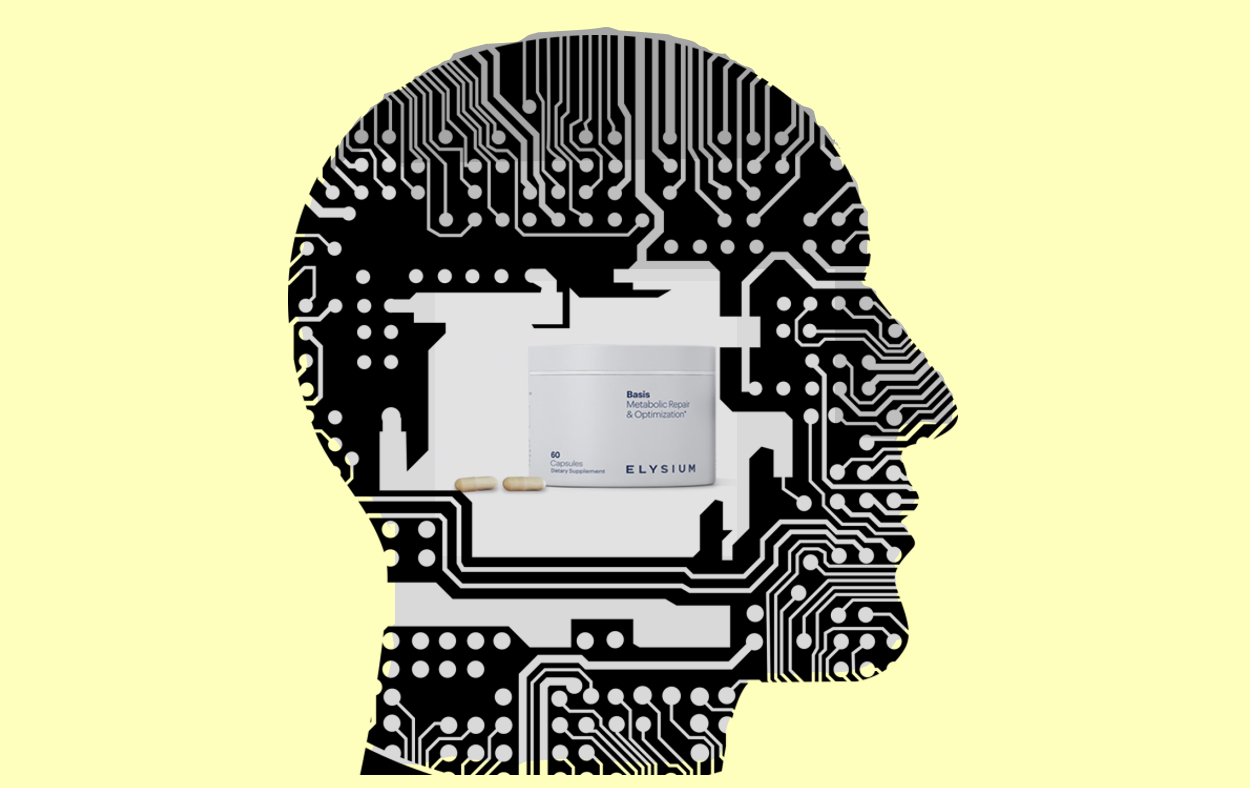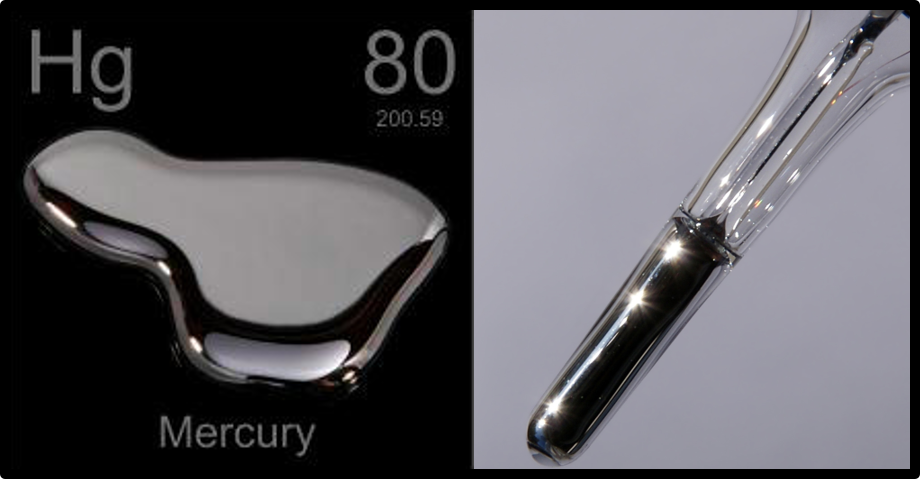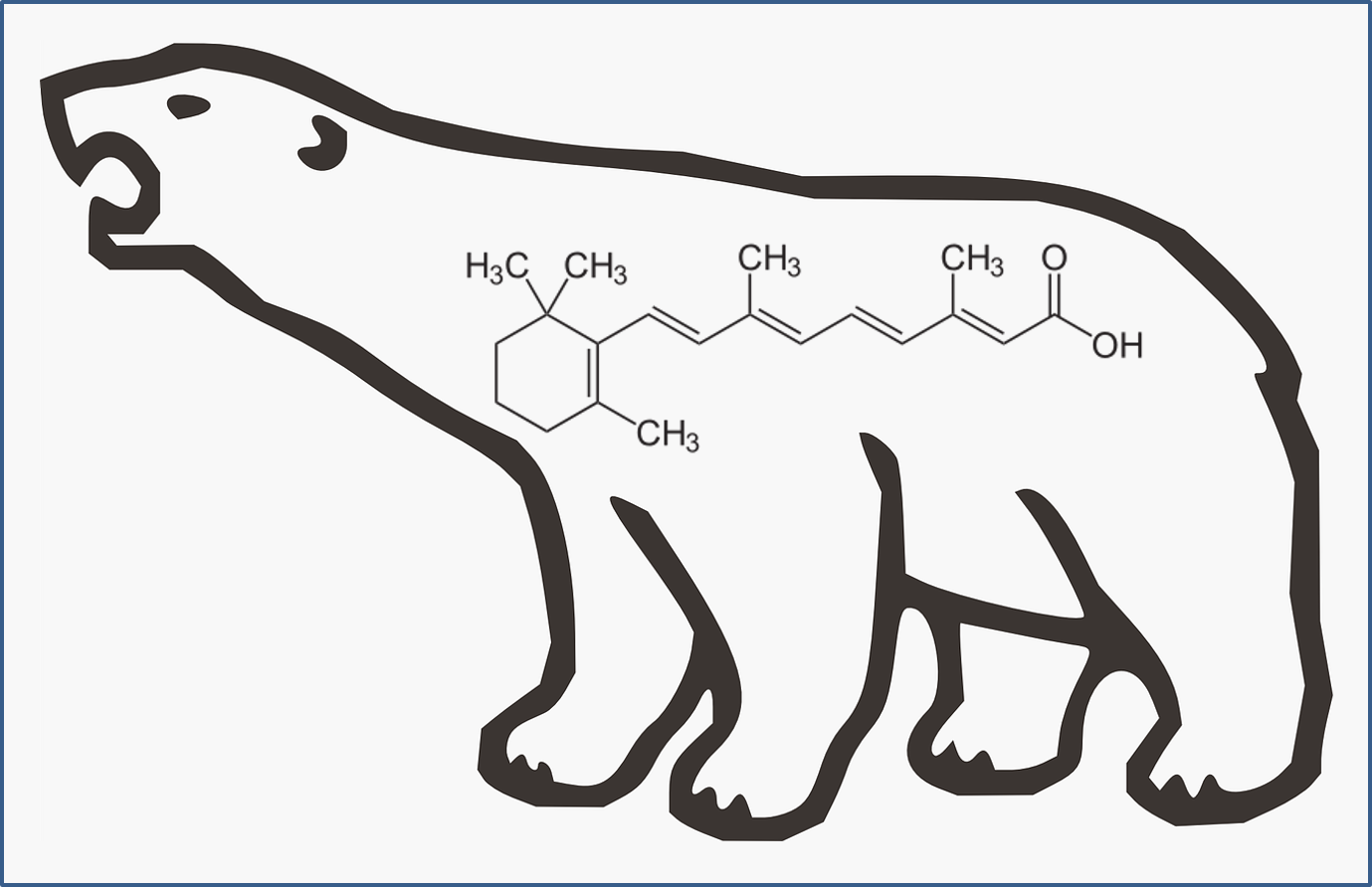Vampires and zombies and werewolves, oh my! Halloween is upon us, and it’s time to get creepy!
Imagine a world like Sam and Dean’s Supernatural: where every monster, every soul-sucking, flesh-eating creature, every undead lurker you heard about in the shadows of the campfire actually existed. Except, instead of being sustained by magic, it was all scientific! How would that be possible? Let’s have a little fun today and talk about the science behind a few Halloween favorites.
Welcome to Ask a Scientist, where we answer questions from our readers on a wide range of scientific topics. Got a scientific question? Drop us a line.
I see adds for a supplement called Elysium all over FB, and they seem to have real science behind their product. If it safe? Should I be taking it? – M.B. Boston, MA
Great question. First, some background. Many people know Elysium as a mediocre (58% audience score on Rotten Tomatoes) Matt Damon movie from 2013. Classics scholars will remember Elysium from Greek mythology as a heaven-like place where righteous people go after they die. It is likely that the supplement company (the product is actually called Basis) and the movie where both named after the Greek myth.

The Elysium Basis supplement contains Nicotinamide riboside, which is a precursor for a common and essential enzyme cofactor called nicotinamide adenine dinucleotide (NAD+), and pterostilbene, which is a chemical similar to resveratrol. You may have heard of resveratrol as the “active” antioxidant molecule in red wine. You can buy resveratrol supplements in any health food store. Elysium (the company, not the Matt Damon vehicle) has indeed been all over Facebook lately, and their website is impressive. They list 7 (!!) Nobel Price winners as members of their advisory board, plus a number of other accomplished scientists. Their website is really nice, and they highlight research and discovery efforts much like a biotech or pharmaceutical company would. They have even run a clinical trial with the Basis supplement! Honestly, they have done a great job of providing the appearance of scientific gravitas to their product. However, it’s important to note that their Basis product is really not unique. Many other companies sell nicotinamide riboside supplements, and resveratrol supplements have been available for years.

Ridiculous question from the internet: What were Louie Armstrong’s first words when he stepped foot on the moon?
Source of said ridiculous question: Yahoo Answers
Science’s answer: Louis Armstrong (the musician) never made it to the moon. He was already 68 when Neil Armstrong (the astronaut) stepped onto the moon and said “that’s one small step for man, one giant leap for mankind.” There is some controversy about whether Armstrong included the correct indefinite article “a” before the word “man,” but frankly it’s an awesome quote either way. Had Louis Armstrong made it to the moon, we assume he would have played something jazzy on his trumpet.
Ever wonder if a furlong is longer than a league? [Spoiler: it’s not.] What on earth is an angstrom or a beard-second? Is a parsec really a measurement of length, or did George Lucas just make it up? UYBFS has the facts!

Welcome to “chemicals and society” a new feature at UYBFS where we highlight the current understanding of the biological effects and safety of some of the most common chemicals in today’s society.
Today’s Chemical: Mercury
What is Mercury? Mercury is an element with an atomic number of 80. While mercury is a metal, it is a liquid at room temperature, which makes it both really cool and really useful. Mercury exists in many different forms, and the form that it’s in makes a big difference: the different forms are used for different things, and their chemistry and toxicity varies greatly. Here are the major forms of mercury and their uses:
- Elemental mercury: Used in thermometers, pressure sensing devices (like barometers), dental fillings, industrial processes, and fluorescent light bulbs.
- Mercury salts: This category includes things like mercury chloride, mercury nitrate, and mercury sulfide. These used to be used as medicines (laxatives, Syphillis treatments), for various industrial processes, paints, and cosmetics, but now they are primarily used as disinfectants and pesticides.
- Organic mercury compounds: Once used as pesticides, but not used for much these days. However, this is the major form found in the environment.
How are people exposed to mercury?
Welcome to Bad Science on the Internet! Here, we highlight some of the crazy and sometime dangerous stuff people post online, and then give you the facts.
The bad science: A recent article circulating around Facebook claims that the new flu vaccines don’t work and are actually dangerous because of new additives in the vaccines.
What do they claim? The main claims are that the new flu vaccines are not safe and that it’s less risky to skip the vaccine this year and risk the flu.
Are they trying to sell you something? Just the usual anti-vaccine conspiracy theory madness. This article was distributed on Facebook by a site called “Earth We Are One”, but there is no tag line identifying the author or even giving a date. It’s not clear who wrote this or why.
Is any of this true? It is actually amazing how little of this is true. Let’s go point-by-point!
Welcome to “chemicals and society” a new feature at UYBFS where we highlight the current understanding of the biologic effects and safety of some of the most common chemicals in today’s society.
Today’s Chemical: Vitamin A (retinal, retinol, retinyl esters, and retinoic acid)
What is vitamin A and how are people exposed to it?
“Vitamin A” is technically a group of very similar chemicals. The main forms in the body are retinal, retinol, retinyl esters, and retinoic acid. Vitamin A is required for normal development and function in all vertebrates (animals with a backbone) and some non-vertebrates (like worms and bugs). Since animals can’t make vitamin A from scratch, they require dietary sources – either from plants containing carotenes (you’ve probably heard of beta-carotene, but did you know there were alpha and gamma forms too?) or by eating other animals who had already produced vitamin A from a plant source. several forms of vitamin A (tretinoin, isotretinoin, and alitretinoin) are also FDA-approved drugs, used to treat severe acne and some rare skin cancers.
Welcome to “chemicals and society” a new feature at UYBFS where we highlight the current understanding of the biologic effects and safety of some of the most common chemicals in today’s society.
Today’s Chemical: Nicotine

What is Nicotine and how are people exposed to it?
Nicotine is an alkaloid produced naturally by a number of plants in the night shade family, most notably the tobacco plant. People are mainly exposed to nicotine by smoking (cigarettes, cigars, pipes, smokeless tobacco), but also via vaping or e-cigarettes. Some people may be exposed to nicotine or related chemicals when using them as insecticides on crops.
What does Nicotine do?
Plants produce nicotine as an insecticide to keep insects from eating their leaves. Nicotine binds to nicotinic acetylcholine receptors (nAChRs) in the central nervous systems of insects, causing paralysis and death. In mammals, the nAChR receptor subtypes are different, and as a consequence, nicotine binds more weakly and stimulates the nervous system, causing the characteristic addictive “high” that people seek out by smoking.
Nicotine itself (sold as nicotine sulfate) can be used as a pesticide, though it is not currently sold in the U.S. Nicotine derivatives (known as neonicotinoids) are widely used as insecticides across the world. They have come under quite a bit of scrutiny lately because these insecticides are very good at killing bees – and could be one of the contributors to colony collapse disorder.










